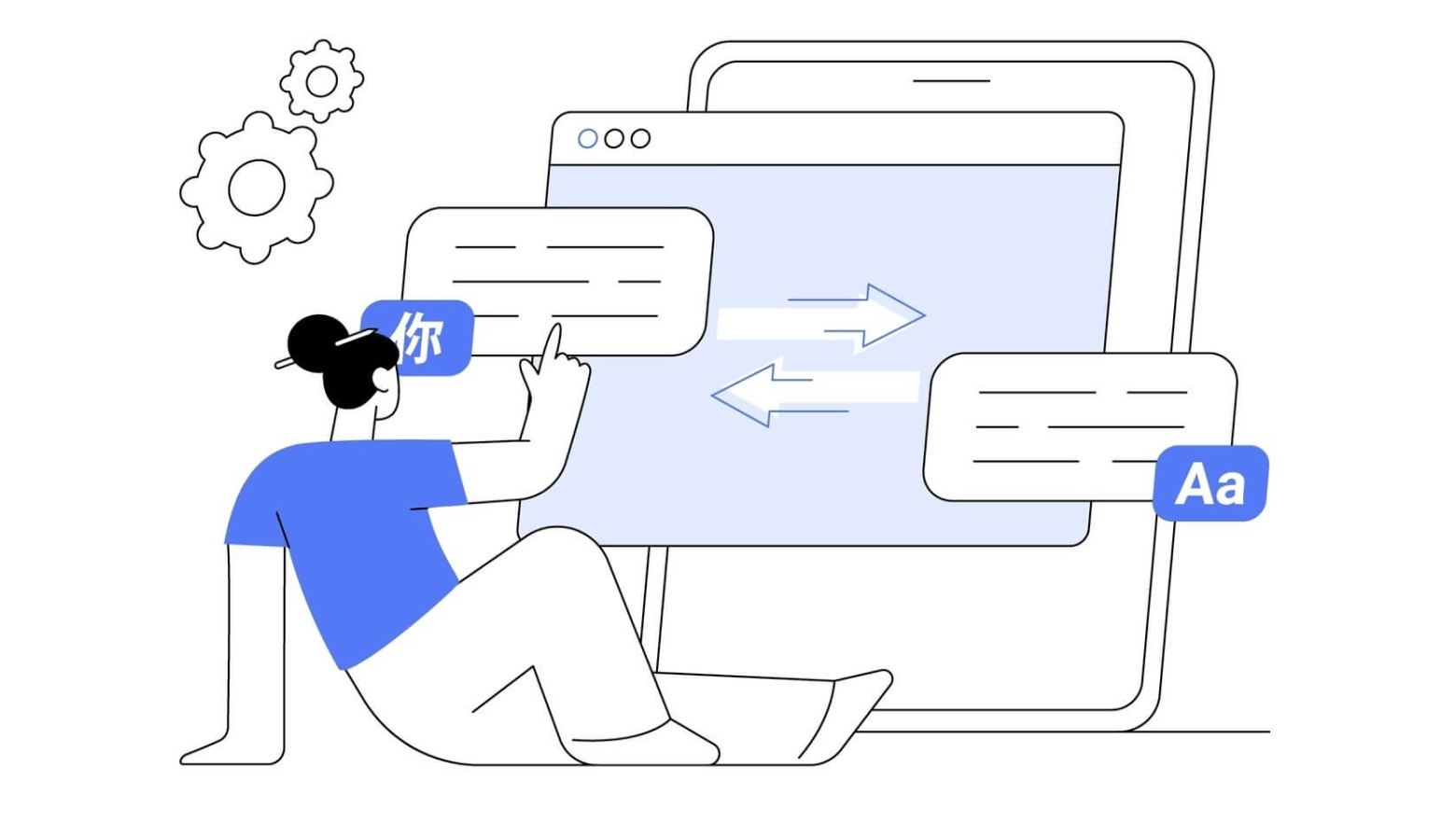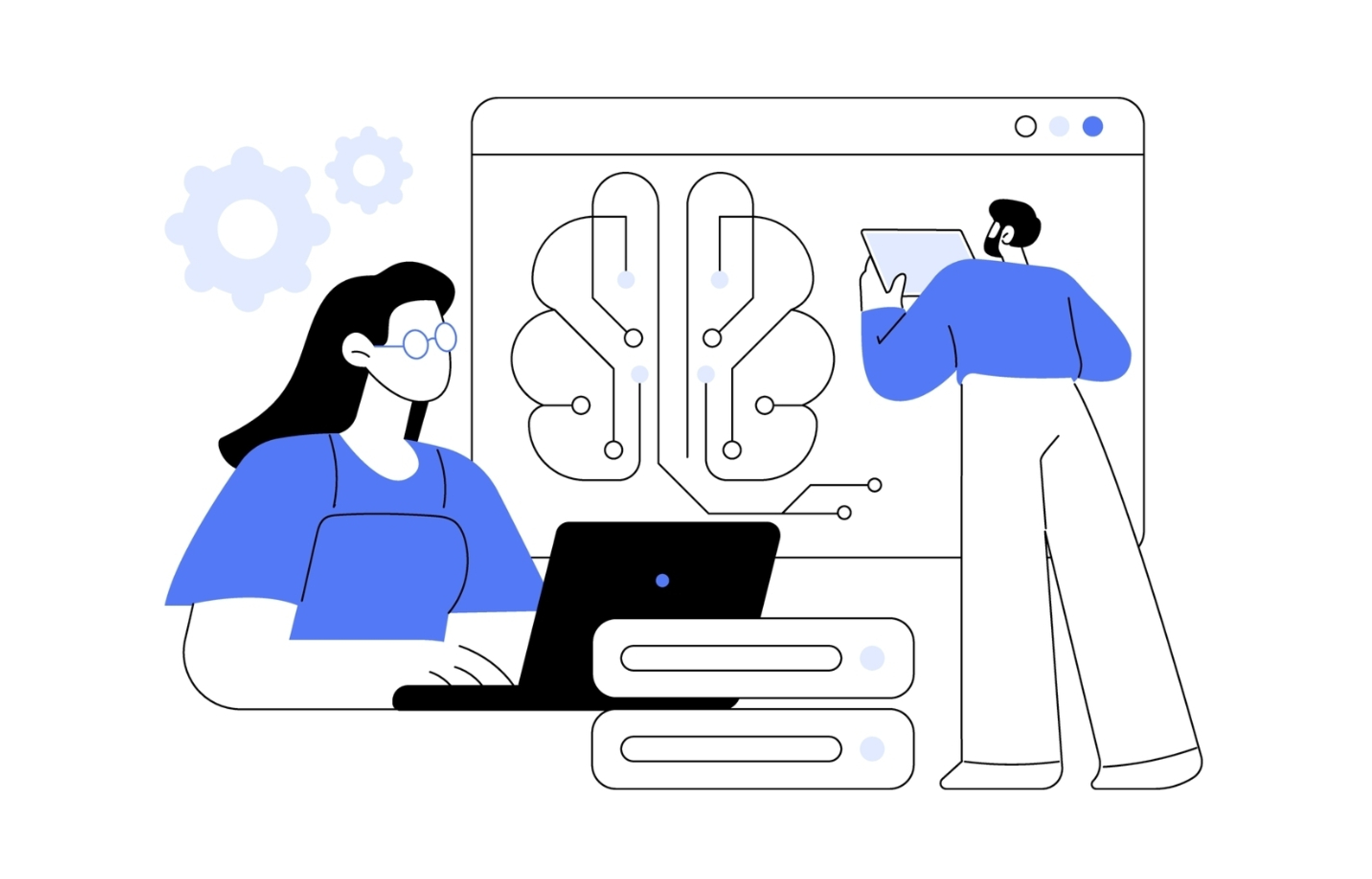Machine translation has become an integral part of our lives, revolutionising communication across various fields. However, its impact on government agencies and public safety is often overlooked. Imagine a police officer who can instantly understand a frightened tourist or a rescuer coordinating with international teams at a disaster site without wasting precious minutes on language barriers. This is a reality made possible by machine translation (MT).
Let's explore how Lingvanex on-premise solutions support government institutions and emergency services.

Machine Translation in Government and Public Safety
Secure machine translation for government and machine translation for public sector offer numerous opportunities to enhance communication and efficiency.
Ensuring Data Confidentiality and Security
Government agencies and public safety services handle confidential information daily. In cases involving national security, a data breach could have catastrophic consequences. Local MT systems provide a secure environment where all translation data stays within the organisation, significantly reducing the risk of data leaks. They also help comply with strict data protection regulations like GDPR and HIPAA, ensuring that confidential information remains secure.
Enhancing Operational Efficiency
On-premise MT systems significantly improve operational efficiency, enabling faster and more accurate completion of important tasks. For example, New York's dispatch service processes calls in over 170 languages, ensuring prompt responses and saving lives. Therefore, the ability to communicate in multiple languages, including rare ones, in real time is crucial.
Government agencies handle vast amounts of legal and administrative documents. On-premise MT software can quickly translate these documents, from legal contracts to public notices, optimising workflows and saving valuable time. This ensures that important information reaches various communities quickly and accurately, whether it be health alerts or new regulations.
Improving Crisis Management
During disasters and emergencies, effective communication can save lives. MT systems facilitate multilingual coordination between international teams and local authorities. Whether translating instructions or reports, this technology ensures everyone understands each other despite language barriers. Additionally, machine translation can be actively used in training of rescue teams to interact with international colleagues in real-world scenarios.
Supporting Intelligence and Surveillance
Intelligence services often need to analyse foreign content quickly. On-premise software can translate intercepted communications, documents, and online content in real time, aiding in threat detection and investigation. This powerful tool helps prepare comprehensive intelligence reports, translating foreign news and government publications, providing no important detail is overlooked.
Enhancing Public Services and Community Interaction
Government services must be accessible to all citizens, regardless of their language. MT services enable multilingual support in areas such as immigration, healthcare, and social services. They also help gather community feedback by translating surveys and forms, ensuring that the voices of different population groups are heard and understood. For instance, MT is used to translate informational materials for refugees, helping them adapt more quickly to a new environment.
Supporting the Judicial System
Fair access to justice is a fundamental right. Local MT systems can accurately translate legal documents, witness testimonies, and court proceedings, ensuring that non-native speakers have the same access to justice as everyone else. Keeping these translations within the organisation maintains the confidentiality and integrity of sensitive legal information.
Benefits of On-Premise Machine Translation Systems in in Government and Public Safety
Machine translation systems offer numerous advantages that make them attractive for use in government agencies and public safety services.
- Speed: MT can instantly translate messages, which is especially important in situations requiring immediate response, such as natural disasters or terrorist attacks.
- Resource Savings: Using machine translation reduces the need for a large number of human translators, lowering personnel costs. Additionally, implementing automated translation systems can cut costs associated with routine tasks like processing documents and messages.
- Information Accessibility: Machine translation makes information accessible to people who do not speak the official language, facilitating more effective interaction with the population.
- Improved Interagency Communication: It eases information exchange between various government agencies, especially in international cooperation.
- Standardisation: Creating unified translation standards for different departments improves the accuracy and consistency of transmitted information.
- Control: Due to local machine translation solutions, organisations have complete control over their confidential data, ensuring it never leaves the secure environment.
- Customization: The system can be tailored to specific terminologies and contexts, ensuring high accuracy and relevance of translations.
Drawbacks of On-Premise Machine Translation Systems in Government and Public Safety
Despite numerous advantages, there are some drawbacks to consider when implementing on-premise machine translation software.
- Translation Quality: MT can make mistakes, especially in complex legal and technical texts, potentially leading to misunderstandings or misinterpretations.
- Limited Capabilities: Machine translation may be less accurate or unavailable for rare languages and dialects.
- Implementation Costs: Initial investments in equipment, software, and technical expertise can be significant. Ongoing support, including updates and security patches, requires dedicated resources.
- Technical Expertise: Working with on-premise software often requires a team with specialised skills in machine translation and IT infrastructure. Continuous training and development are necessary to stay updated with the latest advancements in MT technology.
- Customization and Updates: Regular updates and customization are needed to adapt to new terminologies and linguistic nuances, ensuring translation accuracy.
Key Features of Lingvanex On-Premise Machine Translation Software fin Government and Public Safety
Lingvanex solutions can significantly enhance the work of government agencies and public safety services. Here are some key benefits:
- Full Data Control: Lingvanex on-premise MT systems offer complete control over translation data, ensuring compliance with internal and external security policies.
- Customizable Translation Models: The system can be customised to specific terminology and context relevant to public administration and public safety needs, ensuring high accuracy and relevance.
- Seamless Integration: Lingvanex can integrate with existing IT infrastructure in government agencies, such as document management systems, communication platforms, and emergency response systems.
- Real-Time Processing: The on-premise solution offers fast processing, which is essential for real-time translation in emergency situations and live interactions.
- Scalable Solutions: Lingvanex can scale its local MT system based on demand, allowing government agencies to handle varying volumes of translation requests.
- Support for Multiple Languages: The ability to translate into over 100 languages significantly expands communication capabilities.
- Continuous Updates and Improvements: Regular updates enhance translation quality, functionality, and maintain the necessary security levels.
Conclusion
On-premise machine translation with Lingvanex solutions is a transformative tool for government and public safety services. It offers enhanced security, operational efficiency, and improved multilingual communication while ensuring compliance with data protection regulations. Despite initial costs and the need for technical expertise, the long-term benefits make it a valuable investment. By embracing this technology, government and public safety agencies can better serve their communities, making our world safer and more interconnected.



